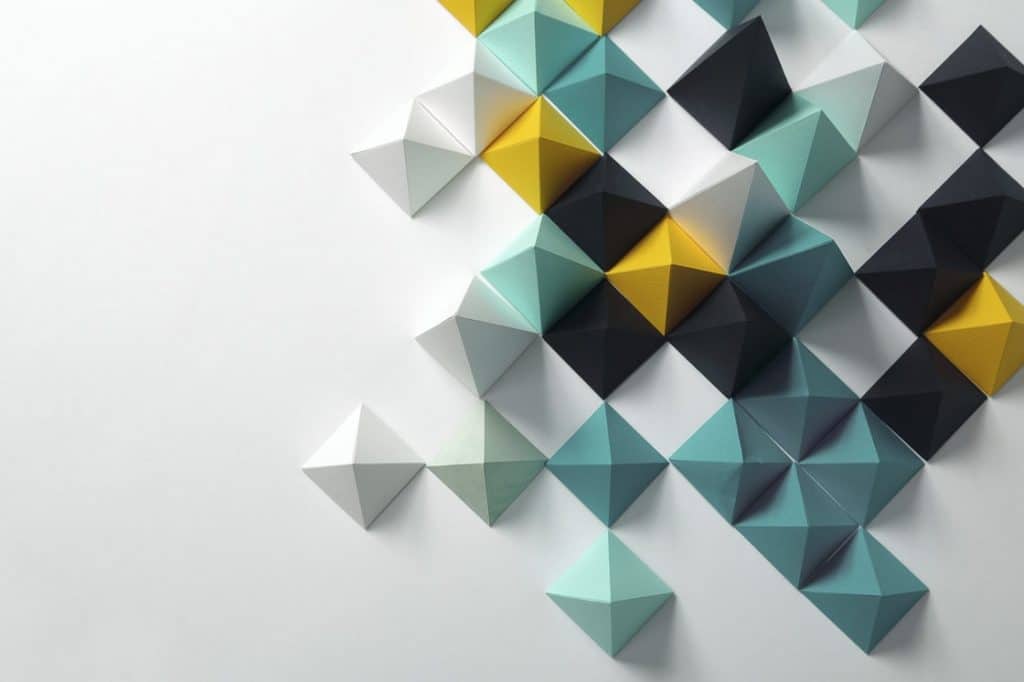The changing consumer environment has profoundly influenced the sources of brand value. Just yesterday, a brand had to be able to represent: by a subtle manipulation of words and images, through the strength of its advertising, it put itself on show, performing so as to be seen by the consumer as sovereign and statutory. But the digital age – by empowering consumers and allowing them to affect the brand – has revolutionized this approach: now, the brand must project. Its value is derived from the relationships it manages to create with the consumer, from the link that is forged. This link, paradoxically, is physical and material: it is contained in the physical experience that the consumer has with a product. In sum, this link is built through design. The importance of design is the result of the greater attention that is now paid to the “truth” of a brand.
Indeed, brands are now required to “do what they say.”
They can no longer be content to “dream” at all costs, regardless of the degree of truth of their promise. To come to terms with this, it is enough just to observe the example of the advertising evolution of Air France. The brand had a beautiful slogan at its disposal, a true piece of bravura. But could it, in the reality of its offer, promise to “make the sky the most beautiful place on earth“? The answer lies in its new, more realistic slogan: “France is in the air“. From the image era, we have thus moved on to the age of meaning and coherence.
Since it does at the same time that it says, design is the creator of meaning.
Design is based on the creation of material sensations that are communicable. It represents the reality of an offer that is expressed in materials, colors, texture, and light, all in the hand of the user. Thus, by way of design, to create the experience of the product is to access the truth of a brand. At Nespresso, for example, all the design elements combine to cause the consumer to have an extraordinary coffee experience: through a machine with elegant lines and chrome material, jewel-like capsules, a palette of precious metal colors, and a showcase boutique, coffee tasting becomes more noble, more varied, offering a multitude of sensations to the user. Similarly, Google’s home page is the embodied experience of simplicity, of digital ergonomics, relaying the ambition of the brand to make the Internet a democratic tool par excellence. Thus the design embodies the vision of the brand so that the consumer feels it, lives it. Therefore, design cannot promise anything except what it has to offer; it does not lie. Thus, by design, the consumer experiences the brand.
By way of meaning, design builds a relationship with the consumer.
At the same time that it embodies the vision of the brand, design puts the vision itself into the hands of the user. As a result, it forges a physical connection with him: in a word, it creates the relationship by projecting meaning. The consumer is no longer simply seduced by design… he now believes in it: he recognizes the values, admires the spirit, understands the vision. This is the case with Nike, for example. Yesterday a brand superstar, today Nike gets closer to its customers by designing a set of products and services in their image; always more innovative but also increasingly in alignment with their desires, their values: sports coach, collective marathon etc …
Design: the heart of the brand?
Physical and concrete, design projects the leadership of a brand by transforming it into a consumer experience. As a living entity, the brand dialogues with the consumer, in an exchange of values. In short, design has become the support for sharing a common emotion.
Jérôme Lanoy, CEO.

